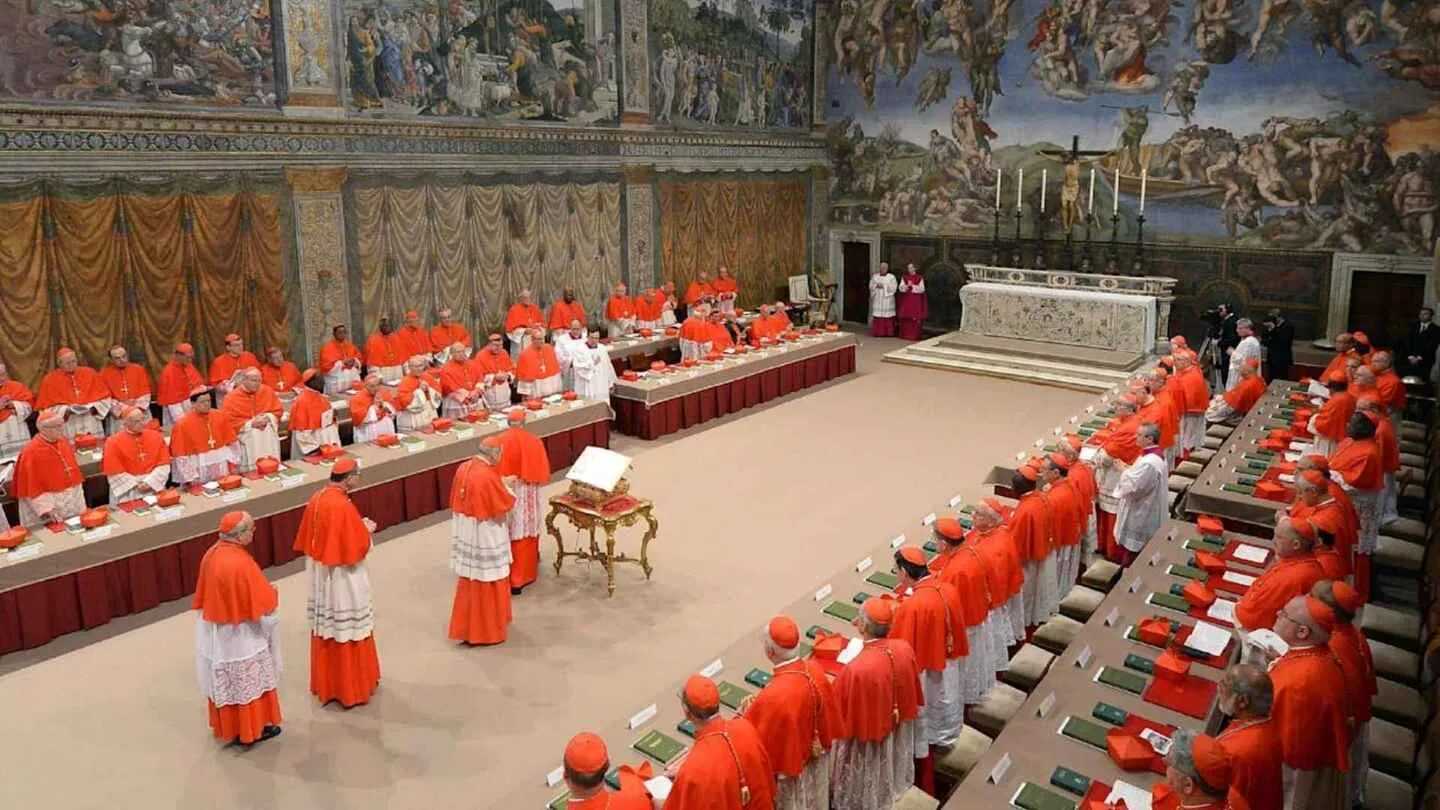As the world watches, the College of Cardinals will soon convene in the Sistine Chapel, their sacred duty being to elect the successor of St. Peter and leader of the global Catholic Church – the Pope. This ancient ritual, steeped in tradition and secrecy, is about to unfold once more. Let us delve into the fascinating process that has been refined over centuries.
Who Takes Part?
Only senior members of the Catholic clergy, known as cardinals, are eligible to participate in the conclave. The 133 cardinals expected to take part have all arrived in Rome, with the notable exception of Angelo Becciu, who was convicted of fraud and embezzlement in 2022. Two other cardinals will not attend due to ill health. The majority of participants are from Europe, particularly Italy, but representatives from every continent are present.
The Conclave Begins
As the cardinal electors make their way to the Sistine Chapel, they surrender their phones and swear an oath of secrecy. With the chapel swept for bugs and jamming devices installed, the door is closed, and only the cardinals, a few officials, doctors, and the master of pontifical liturgical celebrations remain. There are no speeches or debates; instead, the first vote will likely take place on Wednesday afternoon.
The Voting Process
Each cardinal is allocated a desk with a pen, ballot papers, and the words “I elect as supreme pontiff” printed at the top. They write their preferred name, fold the paper, and place it in a bronze urn. Three scrutineers, three infirmari, and three revisers are chosen by lot to count and recount the ballots before burning them in a stove. The smoke from the burned papers signals the outcome: black if no result, white when a new pope is elected.
The New Pope
When the white smoke emerges from the chimney, bells will ring, announcing to the world that habemus papam – we have a pope. The dean of the College of Cardinals asks the newly elected pope if he accepts his canonical election and then invites him to choose his papal name. The cardinals pledge obedience to their new leader, who is then taken to change into a white papal cassock before greeting the crowds from the main balcony of St. Peter’s Basilica.
How Long Will the Conclave Last?
The duration of the conclave can vary greatly, ranging from hours to weeks or even months in extreme cases. Since the beginning of the 20th century, most conclaves have lasted around two or three days. If no candidate secures a two-thirds majority after 13 days of balloting, a runoff takes place between the top two candidates. However, there is some uncertainty regarding what happens if a deadlock persists.
As the world watches with bated breath, the cardinals will soon embark on this sacred and ancient ritual, guided by tradition and secrecy, to elect a new leader for the Catholic Church. The outcome may be known in mere hours or may take weeks to unfold – but one thing is certain: the world will be captivated by the mystique of the papal conclave.
Sourced from https://www.theguardian.com/
